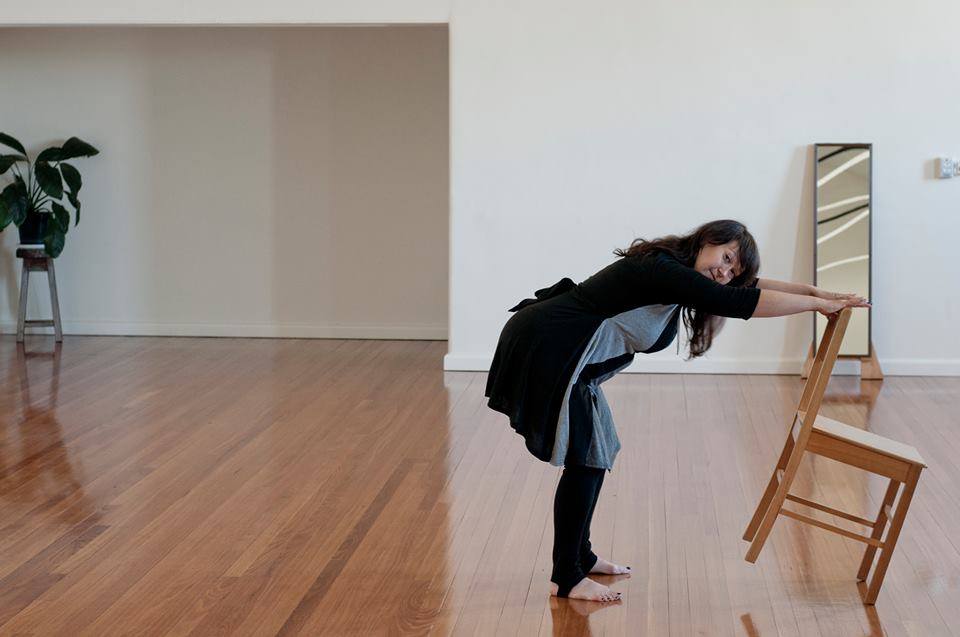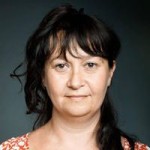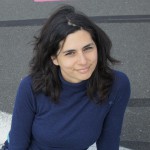We are happy to present our second workshop on Yoga and the Alexander Technique in Kreuzberg, Berlin! Rossella Buono, who is a close collaborator with David Moore, is back in Berlin and will be bringing the Alexander Technique to our Hatha Yoga classes taught by Pinelopi.

Photo: Isobel Knowles
WHEN: Saturday 2nd December 10am-1pm & Sunday 3rd December 10am -1pm
WHERE: English Yoga Berlin, Görlitzer Str 39, Kreuzberg
FOR WHO: For any one with an interest in yoga or the Alexander technique.
TAUGHT BY: Rossella Buono and Pinelopi from English Yoga Berlin
PRICE: €50
The workshop consists of two mornings in which we will develop an individualized practice and an understanding of the uniqueness of the use of yourself in movement and at rest.
The workshop will provide an active and practical investigation of:
· Coordination and posture from an Alexander Technique perspective
· Modifying yoga poses
· Kinaesthesia
· Doing and non-doing
· Directing energy through the body
· Identifying and overcoming habits
In the first half of each morning Rossella will be introducing the Alexander Technique and how to apply it, in the second part we’ll use the new knowledge as Pinelopi leads a yoga class and Rossella provides hands on guidance and feed back.
– All abilities and levels of experience.
– Absolute beginners are welcome!
– Please wear comfortable clothes.
Booking is strongly recommended to ensure a place. To book your place, please contact:
Rossella: rossella (at) rossellabuono (dot) com
Pinelopi: pinelopi (at) englishyogaberlin (dot) com
ABOUT THE TEACHERS:

Photo: Ralf Hiemisch
Rossella Buono relocated to Canterbury, UK in January 2013 from Melbourne where she had an established Alexander Technique practice. Working with a great range of people, Rossella has applied the Technique to improving the lives of people with issues such as back, neck or shoulder pain, fibromyalgia, Parkinson’s disease, sciatica, asthma, stuttering, anxiety and stress. She has also enjoyed attaining tangible posture and movement improvements for musicians, sportspeople, office workers, and the elderly. In her capacity as a care worker, she has developed strategies to improve the quality of life for people with physical and mental disabilities.
Rossella was first introduced to the Technique as a means of her own rehabilitation, after breaking her leg in an accident – and found herself benefitting greatly from the approach. After eliminating residual pain and regaining sustainable, coordinated mechanical function, Rossella decided to train as an Alexander Technique teacher. Since then she has worked to offer others the same opportunity for the elimination of pain and improvement of overall quality of life.

Photo: Risk Hazekamp
Originally from Greece, Pinelopi has grown up all over the world. Beginning her yoga practice in 1999, she went on to complete a 600 hour Hatha Yoga Teacher Training course over a period of two years in Valencia, Spain. Since 2008, she has been working as a full time yoga teacher in Spain and continued to do so after her move to Berlin in 2010. Her classes are a mix of Hatha yoga asanas (yoga poses), grounding techniques, pranayama (breathing exercises), pratyahara (practice of detachment), yoga nidra and meditation. She is an injury conscious yoga teacher and a firm believer that yoga is for everybody and any body. She believes that no one should ever be in pain during class. All yoga poses can be adjusted so that one is still stretching, growing, strengthening, challenged, without experiencing pain or triggering old injuries.
Rossella will also be offering Berlin private lessons from Monday 4th to Thursday 7th of December.
Cost €60 for a one- hour lesson (location Zentrum fur Alexander-Technik)







